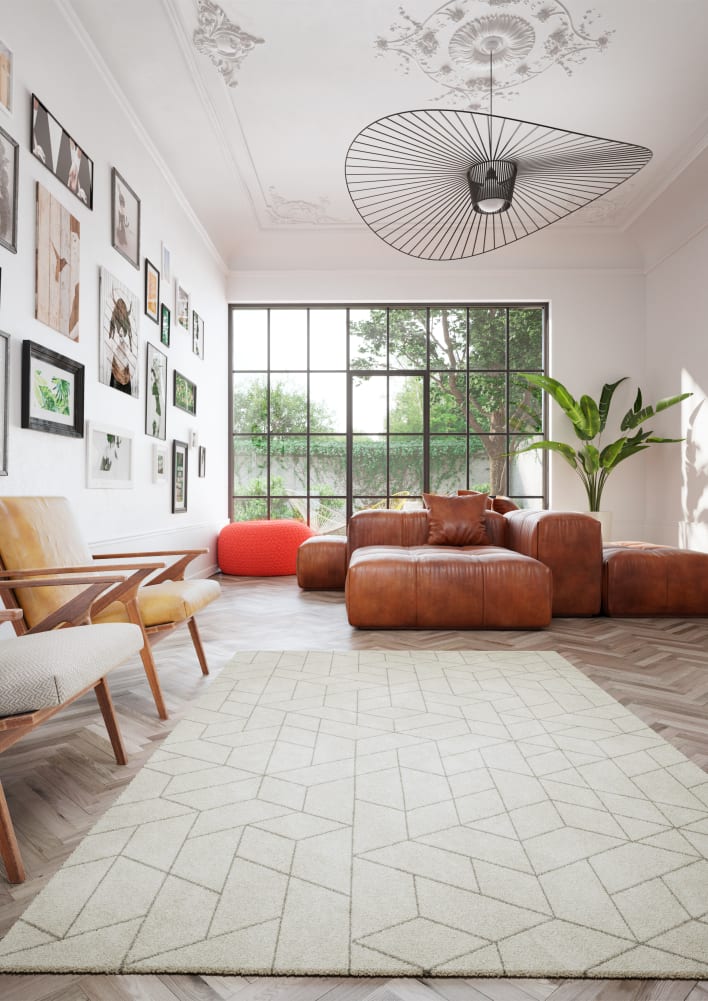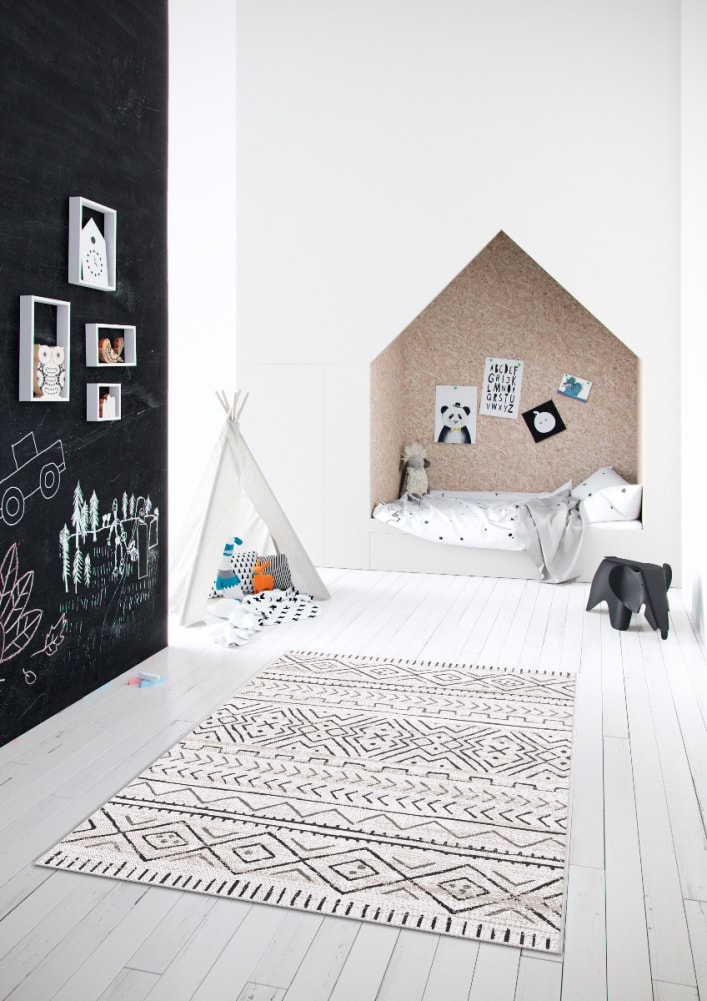Rug terminology explained
We’re pretty sure that the last time you purchased a rug the sale person confused you with a host of terms when referring to rugs options, that probably left you a little confused. At Rug Warehouse, we like our customers to make informed decisions, and that’s why we’re going to bring you a short guide on rug terminology, that will empower you to make the right rug decisions for your home.
 Handmade vs Machine Made:
Handmade vs Machine Made:
Perhaps very obvious in nature, this is the manner in which the rug is made. Handmade rugs usually refer to more expensive rugs, such as Persian or Oriental rugs, that are woven by hand, which take more time and effort to complete. And because of this, no two rugs are the same. More common these days are Machine Made rugs, which are made in bulk for the consumer market, and are what you will see in most homes today. Machine Made rugs tend to be more modern in design compared to Handmade rugs, and are more affordable.
The Pile:
The pile of the carpet essentially refers to the threads that stick up from the knots in the rug, and the height of these threads determines the “thickness” of the rug. Shorter threads mean that the rug is less plush, and better suited to high traffic areas. Where rugs with a high thread, generally referred to as shaggy rugs, are soft and “fluffier” to the touch and underfoot.
The Warp & the Weft:
Very simply, rugs are made from the criss-crossing of yarns, which are named the warp and the weft. The warp is the vertical yarn of the rug, which can sometimes be visible, such as in the case of flat weave rugs. The weft is the horizontally thread, going over and under the warp, that keeps the rug together. This constant intertwining is what creates the patterns on a rug.
View South Africa’s best home & office rugs for sale.
The Hand:
The hand of a rug is the feel of the rug, which can be soft, coarse, smooth or plush, depending on the rug that you are touching, and what it is made of. It’s just a technical name for how the carpet feels when you touch it.
Hand Knotted:
A hand knotted rug is the traditional way of making rugs, which dates back thousands of years, and is a skill passed down through the generations. Often many different artisans would assist in weaving the rug, depending on the width of the rug. This style of weaving is very labour intensive, and can take months, or sometimes years, to finish.
Hand Tufted:
When a carpet is hand tufted, it means a person with a hand-held tufting gun shoots yarns onto the backing. It takes less time to create a carpet using this method than it does to create a hand knotted carpet.
 High-Low:
High-Low:
A high-low rug infers that some of the carpet pile is higher in places than others, which creates a carved-out pattern in the rug. This effect can be done using the same colour tones, different fibres, and can be faint or very intricate.
The Fringe:
Some rugs have what we refer to as a “fringe” which sits at each end of the rug. To the layman, these are often referred to as “tassels”, and are generally an extension of the warp of the carpet, which are then cut short or long to create a tassel effect. Rugs with fringes require gentle brushing to keep them in tip-top shape.
Knowing just some of these terms will assist you in choosing the perfect rug, and at Rug Warehouse, you’ll find a rug for every room in your home. Visit their website (www.rugwarehouse.co.za) to find the perfect rug for your home now that you know more about the terms used to describe rugs.
Read more: The Importance of Buying Corporate & Promotional Gifts


























Discussion about this post